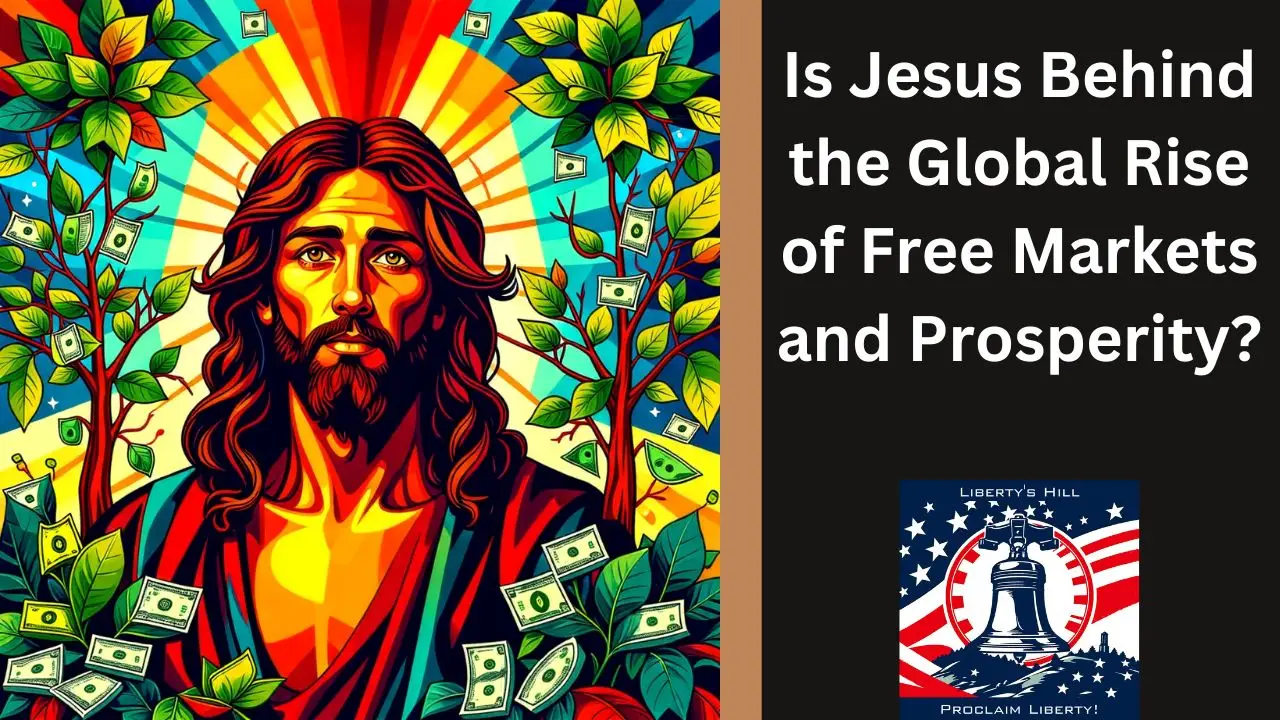The concept of resurrection has played a pivotal role in shaping various religious traditions and cultural narratives throughout history. Its roots can be traced back to ancient civilizations, where the idea of life after death was often intertwined with agricultural cycles and seasonal changes. For instance, the ancient Egyptians believed in the resurrection of the soul, which was symbolized by the annual flooding of the Nile that brought fertility to the land.
This cyclical nature of life and death was not merely a theological concept but a fundamental aspect of their worldview, influencing their burial practices and monumental architecture, such as the construction of elaborate tombs designed to facilitate the journey of the deceased into the afterlife. In the context of Christianity, resurrection holds profound historical significance, particularly through the narrative of Jesus Christ’s resurrection. This event is not only central to Christian theology but also serves as a historical marker that delineates the emergence of a new religious movement in the first century CE.
The resurrection is seen as a validation of Jesus’ divine nature and his teachings, providing a foundation for Christian beliefs about salvation and eternal life. The spread of Christianity across the Roman Empire and beyond was significantly influenced by this powerful narrative, which offered hope and a sense of purpose to countless individuals facing persecution and existential uncertainty.
Key Takeaways
- The historical significance of resurrection lies in its role as a central tenet of many religious traditions, shaping beliefs and practices for millennia.
- Resurrection has had a profound impact on religious beliefs, serving as a source of hope, comfort, and spiritual transformation for believers across different faiths.
- Resurrection has been a recurring theme in art and literature, inspiring countless works that explore themes of renewal, rebirth, and the afterlife.
- Resurrection has been a prominent feature in the mythologies and belief systems of ancient cultures and civilizations, reflecting the universal human fascination with life, death, and the possibility of renewal.
- Resurrection has influenced the evolution of scientific thought, challenging and inspiring new perspectives on the nature of life, death, and the human experience.
The Impact of Resurrection on Religious Beliefs
The Promise of Eternal Life in Christianity
In Christianity, the resurrection of Jesus is viewed as a promise of eternal life for believers, creating a framework for understanding sin, redemption, and divine grace. This belief has fostered a sense of community among adherents, as they share in the hope of resurrection and the assurance of life beyond death.
Moral Implications and Ethical Behavior
The theological implications are profound; they encourage followers to live morally upright lives in anticipation of an afterlife, thus influencing ethical behavior and social norms within Christian communities.
Interpretations Across Religions
In contrast, other religions interpret resurrection differently. In Hinduism, for example, the concept is more closely associated with reincarnation rather than a singular resurrection event. The cycle of samsara—birth, death, and rebirth—reflects a belief in the continuous evolution of the soul. This perspective emphasizes karma, where one’s actions in this life directly influence future incarnations. Such beliefs shape not only individual behavior but also societal structures, as they instill a sense of responsibility and interconnectedness among individuals. The diverse interpretations of resurrection across religions highlight its significance in shaping moral frameworks and community identities.
Resurrection in Art and Literature

The theme of resurrection has been a rich source of inspiration in art and literature throughout history. In visual arts, depictions of resurrection often convey profound emotional depth and spiritual significance. One notable example is Michelangelo’s “The Last Judgment,” which illustrates the resurrection of the dead at the end of time.
The dramatic composition captures the tension between salvation and damnation, reflecting the theological stakes associated with resurrection beliefs. Artists have utilized various mediums—painting, sculpture, and even modern digital art—to explore themes of rebirth, renewal, and transformation, often drawing on religious narratives or mythological motifs. Literature has also been profoundly influenced by the concept of resurrection.
Classic works such as Mary Shelley’s “Frankenstein” delve into themes of creation and reanimation, raising ethical questions about life and death. The character of Victor Frankenstein embodies humanity’s desire to conquer mortality through scientific means, ultimately leading to tragic consequences. Similarly, T.S.
Eliot’s poetry often grapples with themes of spiritual rebirth and renewal, as seen in “The Waste Land,” where he juxtaposes images of death with those of regeneration. These literary explorations reflect society’s ongoing fascination with resurrection as both a literal and metaphorical concept, revealing deeper truths about human existence.
Resurrection in Ancient Cultures and Civilizations
| Culture/Civilization | Belief in Resurrection | Associated Deity |
|---|---|---|
| Ancient Egypt | Believed in resurrection and afterlife | Osiris, the god of the afterlife |
| Ancient Greece | Believed in the concept of resurrection | Persephone, associated with the cycle of life and death |
| Ancient Mesopotamia | Believed in resurrection and afterlife | Dumuzid, associated with fertility and the afterlife |
| Ancient China | Believed in resurrection and immortality | Xiwangmu, the Queen Mother of the West associated with immortality |
Ancient cultures exhibited diverse beliefs surrounding resurrection that were often tied to their understanding of nature and spirituality. In Mesopotamia, for instance, myths surrounding deities like Osiris emphasized themes of death and rebirth. Osiris’s resurrection after being murdered by his brother Set symbolized not only personal renewal but also agricultural fertility, as his story was linked to the annual flooding of the Tigris and Euphrates rivers.
This connection between divine resurrection and natural cycles illustrates how ancient peoples sought to explain their world through mythological narratives that provided comfort in the face of mortality. Similarly, in ancient Greece, the Eleusinian Mysteries celebrated the cycle of life and death through rituals that promised initiates a form of spiritual rebirth. The myth of Persephone’s descent into the underworld and subsequent return to the surface world each spring encapsulated this idea.
The Greeks believed that through these rites, participants could gain insight into the afterlife and experience a form of resurrection themselves. Such practices reveal how ancient civilizations grappled with existential questions about mortality and continuity, using resurrection as a means to articulate their hopes for life beyond death.
Resurrection and the Evolution of Scientific Thought
The concept of resurrection has also intersected with scientific thought throughout history, particularly as humanity has sought to understand life, death, and what lies beyond. In early scientific inquiries, notions of resurrection were often intertwined with alchemical pursuits aimed at discovering the elixir of life or achieving immortality. Alchemists like Paracelsus explored ideas about transformation that echoed themes found in religious narratives about resurrection.
Their work laid foundational ideas for modern chemistry while simultaneously reflecting humanity’s enduring fascination with transcending mortality. In contemporary discussions surrounding resurrection, advancements in fields such as genetics and biotechnology have sparked debates about the potential for extending human life or even achieving forms of biological resurrection through techniques like cloning or cryonics. These scientific endeavors raise ethical questions reminiscent of those posed by ancient myths: What does it mean to be alive?
Can consciousness be preserved or restored? As scientists explore these frontiers, they engage with philosophical inquiries that have persisted throughout human history—questions that challenge our understanding of existence itself.
Resurrection in Contemporary Society

In contemporary society, the idea of resurrection continues to resonate across various domains—from religious practices to popular culture. Many religious communities still emphasize beliefs in physical or spiritual resurrection as central tenets that guide their faith practices. For instance, Easter celebrations among Christians commemorate Jesus’ resurrection with rituals that symbolize renewal and hope.
These observances not only reinforce communal bonds but also provide individuals with a framework for coping with loss and grief. Moreover, popular culture frequently revisits themes of resurrection through films, television shows, and literature that explore concepts like reanimation or second chances at life. Series such as “The Walking Dead” or films like “The Matrix” engage audiences with narratives that challenge perceptions of mortality while exploring what it means to be human in a world where death is not always final.
These portrayals reflect society’s ongoing fascination with resurrection as both a literal phenomenon and a metaphor for personal transformation or redemption.
The Psychological and Emotional Impact of Resurrection
The psychological implications surrounding beliefs in resurrection are profound, influencing how individuals cope with grief and loss. For many people, the hope for an afterlife or spiritual continuation provides comfort during times of mourning. This belief can foster resilience by offering a sense that loved ones are not truly gone but exist in another form or realm.
Psychological studies have shown that individuals who hold strong beliefs in an afterlife often report lower levels of anxiety related to death compared to those who do not share such beliefs. Furthermore, narratives surrounding resurrection can serve as powerful tools for personal transformation. Stories of redemption—whether through religious texts or personal experiences—can inspire individuals to overcome adversity or seek forgiveness.
The idea that one can rise from their past mistakes or hardships resonates deeply within human psychology, encouraging growth and change. This transformative aspect underscores how beliefs in resurrection can shape not only individual lives but also broader societal attitudes toward failure, redemption, and hope.
The Future of Resurrection Studies
As interdisciplinary fields continue to evolve, studies surrounding resurrection are likely to expand further into new territories encompassing theology, psychology, philosophy, and science. Scholars may increasingly explore how contemporary technological advancements intersect with traditional beliefs about life after death. For instance, discussions around artificial intelligence raise questions about consciousness and identity that echo ancient debates about what it means to be resurrected or reborn.
Moreover, as global perspectives on spirituality diversify due to increased interconnectedness through technology and migration, there will be opportunities for comparative studies examining how different cultures interpret resurrection within their unique contexts. This could lead to richer dialogues about shared human experiences surrounding mortality while fostering greater understanding among diverse belief systems. In conclusion, the study of resurrection remains a dynamic field that reflects humanity’s enduring quest for meaning in life and death.
As we navigate an increasingly complex world filled with scientific advancements and cultural shifts, our understanding of resurrection will undoubtedly continue to evolve—challenging us to reconsider our beliefs about existence itself.


